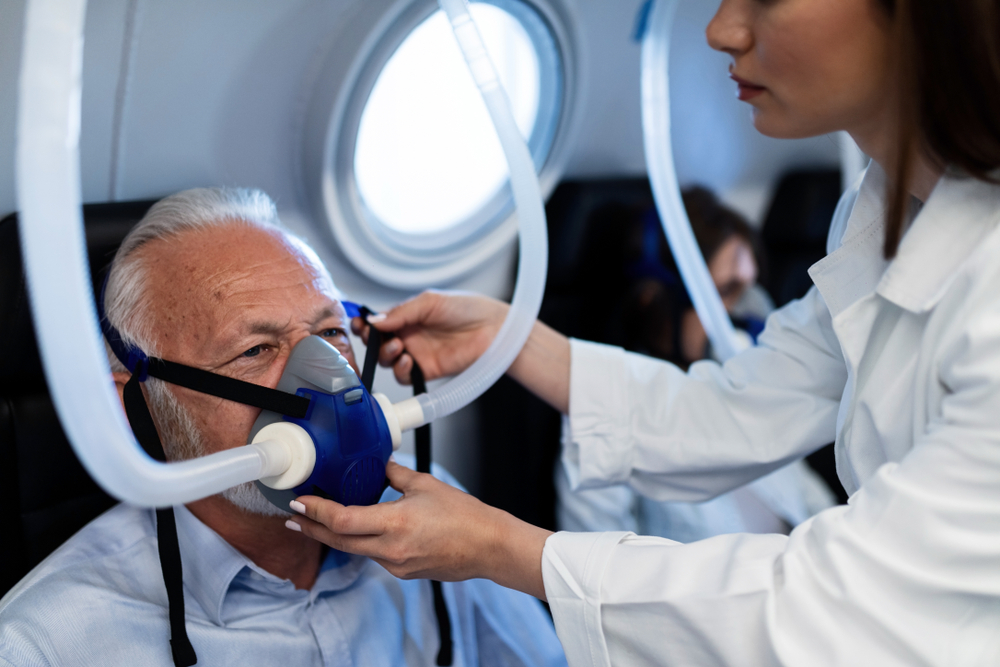The Hyperoxic-Hypoxic Paradox: A Revolution in Regenerative Medicine

We have two options: to manage health or to manage disease, said Shai Efrati, MD, at the Integrative Healthcare Symposium in New York City. Our goal as physicians is to enhance the performance of our patients, not just treat their symptoms.
“Performance is really the net effect between the degenerative process, things that take us down, and the regenerative process, things that take us up,” Dr. Efrati said.
In his presentation, Dr. Efrati, director of the Sagol Center for Hyperbaric Medicine and Research at Shamir (Assaf-Harofeh) Medical Center in Israel, discussed the hyperoxic-hypoxic paradox, which he says optimizes health and performance by encouraging the regenerative process.
The hyperoxic-hypoxic paradox refers to a protocol in hyperbaric oxygen therapy that activates the body's regenerative processes, with a particular focus on the brain, Dr. Efrati explained. Unlike conventional medicine, hyperbaric treatment uses environmental manipulation—changing pressure and oxygen concentration inside a chamber—to affect cellular biology.
Initially, patients are exposed to high concentrations of oxygen, which saturates their tissues with oxygen. This is followed by a period of reduced oxygen exposure, creating a hypoxic condition. "We are tricking the cell into thinking it has a lack of oxygen, even though you have the same amounts of oxygen as before,” said Dr. Efrati.
This controlled manipulation of oxygen levels generates new neurons and blood vessels in the brain, reflecting in brain tissue repair and enhanced cognitive function, explained Dr. Efrati. When hypoxia is induced, the body’s healing mechanisms are triggered, including stem cell mobilization and angiogenesis.
The research on the hyperoxic-hypoxic paradox focuses mainly on age-related cognitive decline. According to Dr. Efrati, there’s evidence supporting the therapy's effectiveness in various groups, such as stroke survivors, individuals with traumatic brain injuries, and post-COVID-19 patients.
“We should be looking at the brain just like every other tissue in the body,” explained Dr. Efrati in an interview. “It can be repaired and regenerated, and to do that, it doesn’t necessarily need to be something chemical we put in our body.”
The therapy has enormous potential, said Dr. Efrati. It's also been shown to improve cardiac function, post-traumatic stress disorder (PTSD), fibromyalgia, and erectile dysfunction.
However, Dr. Efrati noted that the treatment requires particular conditions, and before recommending it or trying it yourself, you need good quality assurance. He explained that the oxygen must meet strict quality standards to ensure the treatment’s safety and effectiveness.
“There are core elements needed for the protocol to work properly,” Dr. Efrati said. “So, I must emphasize again, if you’re going to do it, do it right.”




















SHARE